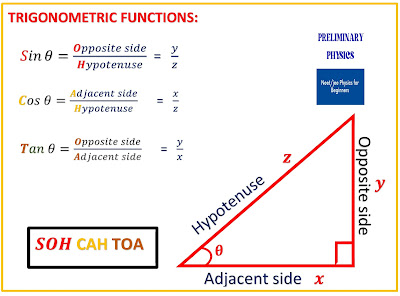Physics NEET test arrangement, earlier year questions, answers, and solution # 4
PHYSICS NEET TEST ARRANGEMENT:
QUESTION:
Light of frequency 1.5 times the threshold frequency is incident on a photosensitive
material.What will be the photoelectric current, if the frequency is halved and the intensity
is doubled?
A. Doubled
B. Four times
C. One-fourth
D. Zero
ANSWER :
ANSWER - D.
SOLUTION:
Reason:
- No photoelectric emanation will happen on the off chance that the frequency of the occurrence light is underneath the threshold frequency.
- The quantity of electrons radiated each second (Photoelectric flow) is relative to the intensity of incident light
- Kinetic energy increments with expansion in frequency over a threshold value. The greatest speed of the photoelectrons relies upon the frequency of the incident light. light.
PHOTOELECTRIC EFFECT:
- The photoelectric effect includes lighting a metal surface with photons of adequately high energy to launch the electrons from the metal.
- The photoelectric effect happens with photons having energies from a couple electron volt to more than 1 MeV.
- The photoelectric effect peculiarities (convert light into electricity) used to change the programmed iris in different sorts of camera and in solar based cells.
- The photoelectric impact assisted physicists with understanding the quantum idea of light.
- The idea of wave-particle duality was created on account of the photoelectric effect.
CLARIFICATION OF KINETIC ENERGY:
- Kinetic energy of the discharged electrons is straight corresponding to the frequency of incident radiations over the threshold value
CLARIFICATION OF THE EFFECT OF INTENSITY:
- The quantity of photoelectrons discharged (the photoelectric flow) is corresponding to the intensity. (Independent of the frequency of incident radiation above threshold value).
CLARIFICATION OF THRESHOLD FREQUENCY:
- Under a certain frequency, the photoelectric impact doesn't happen at all. Visible light for alkali metals, near UV for different metals, and extreme UV radiation for non-metals, the threshold frequency or cut off frequency which is utilized to observe the work function.





Comments
Post a Comment